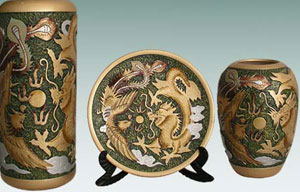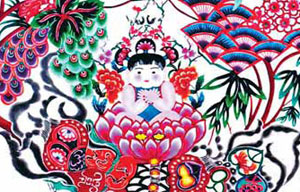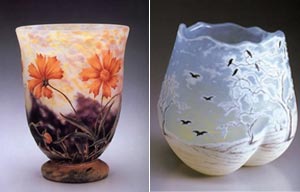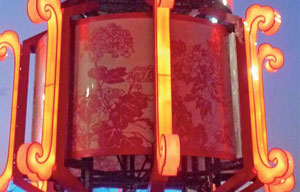Culture: Decoration patterns of classical furniture
2012-07-24 16:06:14
The furniture from Ming and Qing dynasties tend to use plants, animals, characters and other historical stories and folk tales to express emotions such as devotion, expectation, pursuit and blessing.
Culture: An architect respectful of traditions and nature
2012-07-23 15:44:25
With so few Chinese architects making their mark on China’s cityscapes, 49-year-old Professor Wang Shu’s winning of this year’s prestigious Pritzker Architecture Prize has come as a welcome surprise.
Time Line
2012-07-23 11:07:10
 About 2,500 years ago, a famous philosopher, Mozi, who lived in Weifang, spent three years making a wooden bird that could fly. That was the earliest kite in history, way before Leonardo da Vinci made a similar experiment in 1485.
About 2,500 years ago, a famous philosopher, Mozi, who lived in Weifang, spent three years making a wooden bird that could fly. That was the earliest kite in history, way before Leonardo da Vinci made a similar experiment in 1485.
Culture: Sanhe town - riverside romance in central Anhui
2012-07-20 17:41:51
Sanhe Town is the best-preserved riverside town in Anhui province, boasting some of the nation's finest examples of ancient Hui style architecture.
Imbued with Emotion - Decoration Patterns of Classical Furniture
2012-07-20 14:25:52
 Furniture from Ming and Qing Dynasties, especially the Qing-style furniture, has attached particular importance to the application of decoration as the way of embodying its rich cultural connotations.
Furniture from Ming and Qing Dynasties, especially the Qing-style furniture, has attached particular importance to the application of decoration as the way of embodying its rich cultural connotations.
Uniquely Yuxian
2012-07-19 09:44:12
 If you are tired of urban life, a visit to Yuxian, Hebei province, is a refreshing change, especially for those interested in cultural heritage.
If you are tired of urban life, a visit to Yuxian, Hebei province, is a refreshing change, especially for those interested in cultural heritage.
Culture: The “Hutong and Siheyuan in Beijing” exhibition kicks off
2012-07-18 15:57:58
A exhibition focus on iconic Beijing structures of hutong and siheyuan is welcoming visitors at the Capital Museum. It will last until October 21, 2012.
Liuli Artwork in the Summer Palace
2012-07-18 15:29:54
 Liuli means ancient Chinese glass or crystal. It has a lineage stretching back thousands of years, first making its appearance in the 11th century BC.
Liuli means ancient Chinese glass or crystal. It has a lineage stretching back thousands of years, first making its appearance in the 11th century BC.
Ghantakarna festival in Bhaktapur
2012-07-18 13:24:44
 During the festival, straw effigies of the demon Ghantakarna are burned to symbolise the destruction of evil.
During the festival, straw effigies of the demon Ghantakarna are burned to symbolise the destruction of evil.
Culture: Museum exhibits history's playful side
2012-07-17 15:55:28
What did Chinese kids play with before Western toys, such as Barbie, Automan and Transformers, were introduced to the country? An ongoing exhibition of traditional toys at the National Art Museum of China answers this question in a fun, even playful way.

